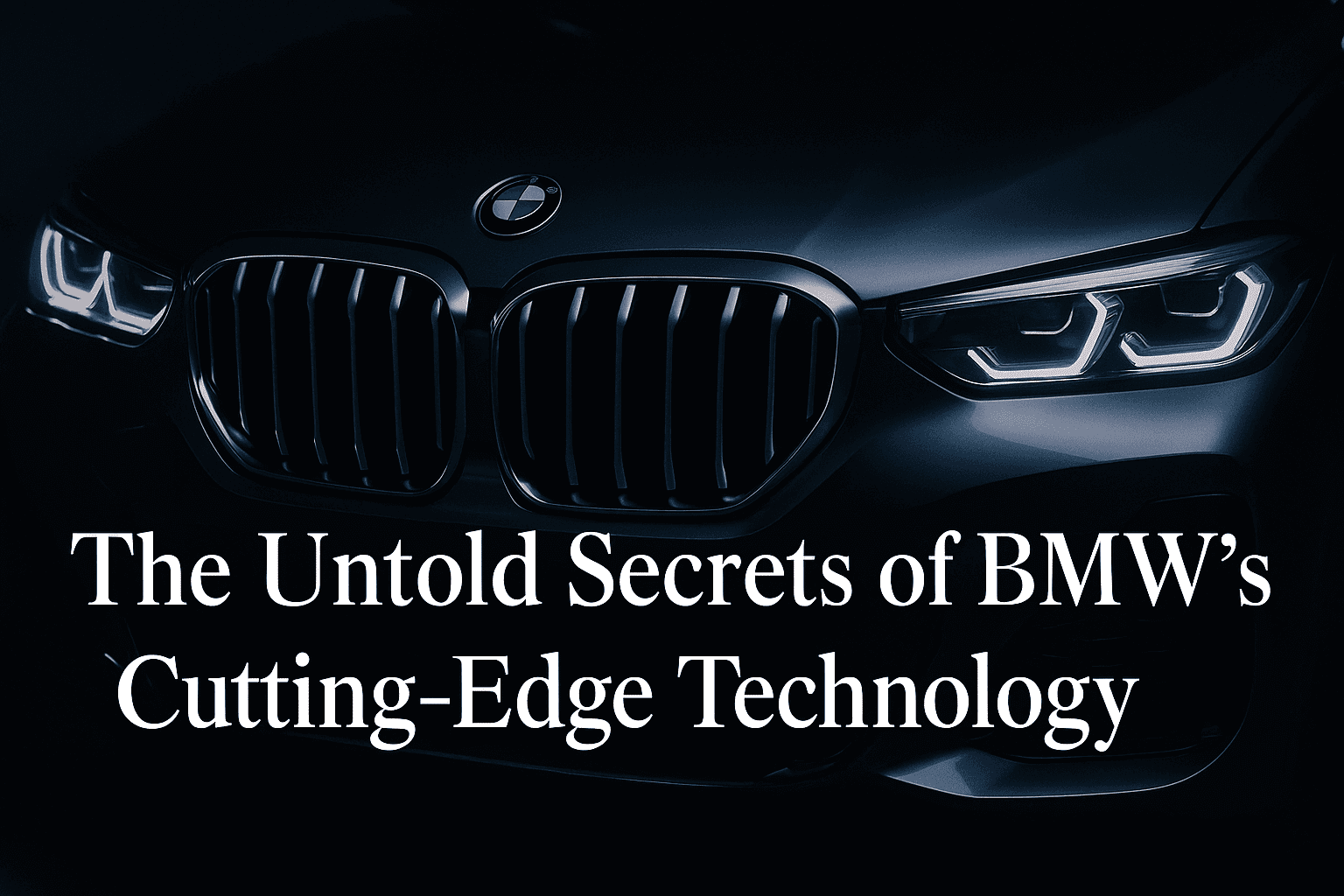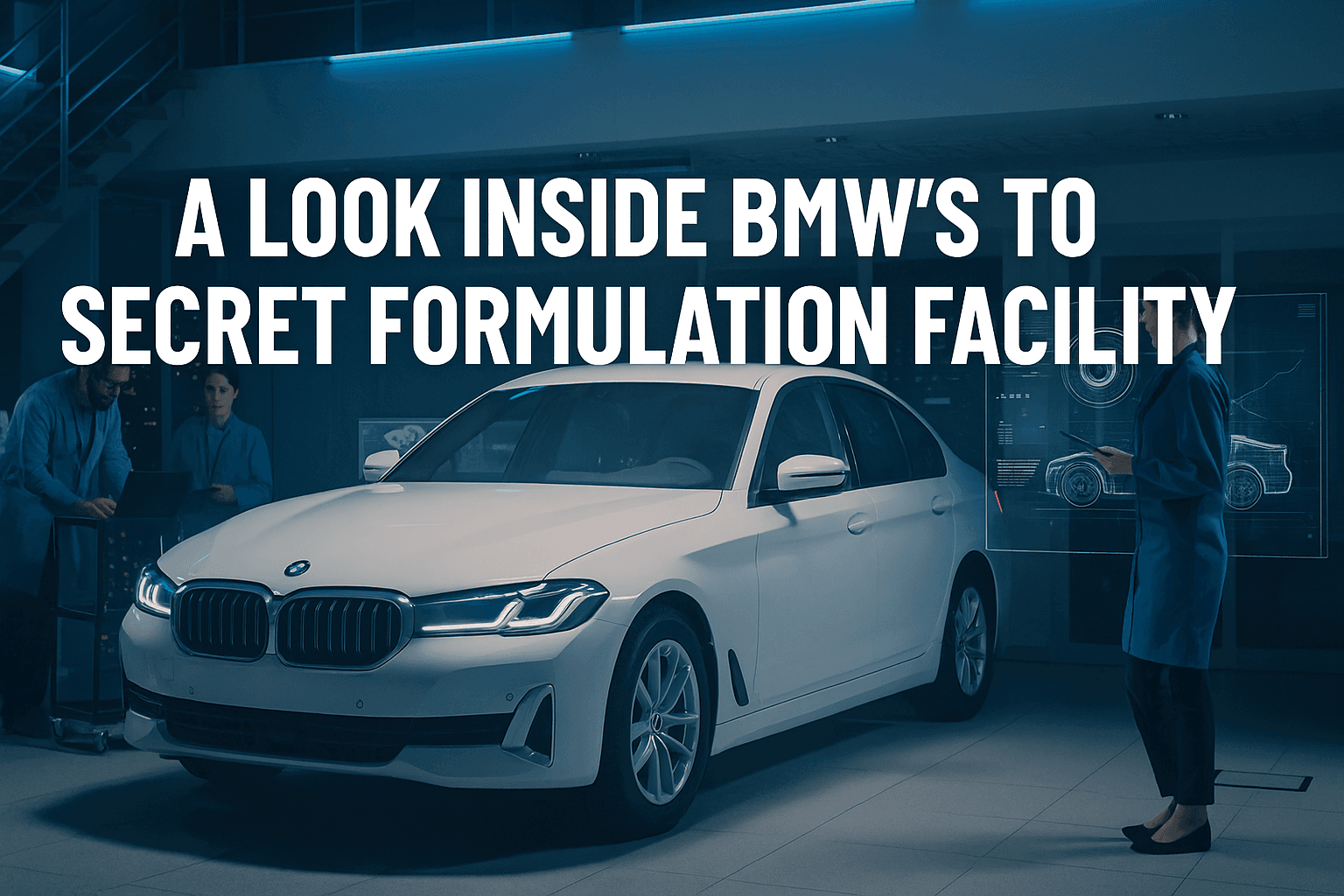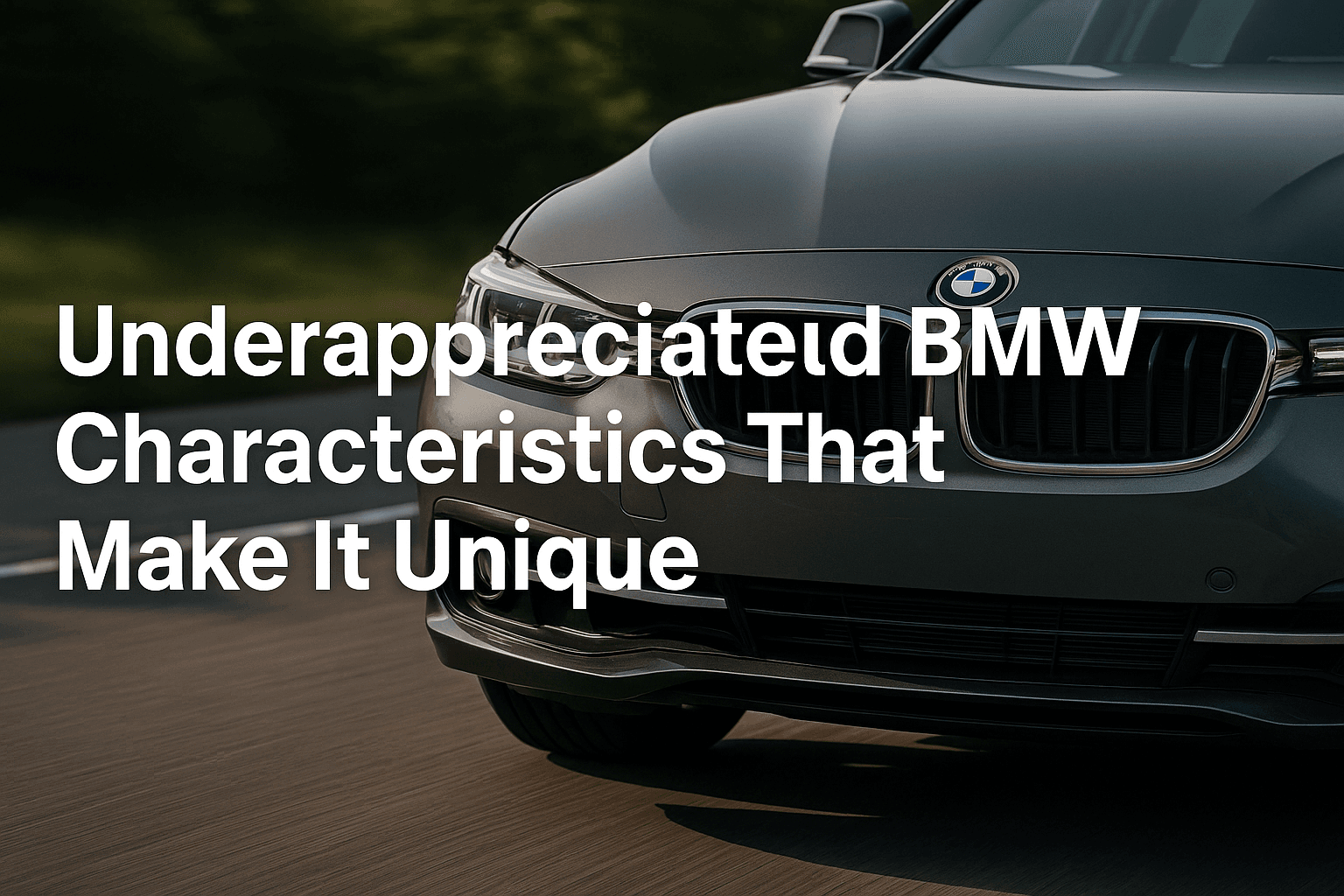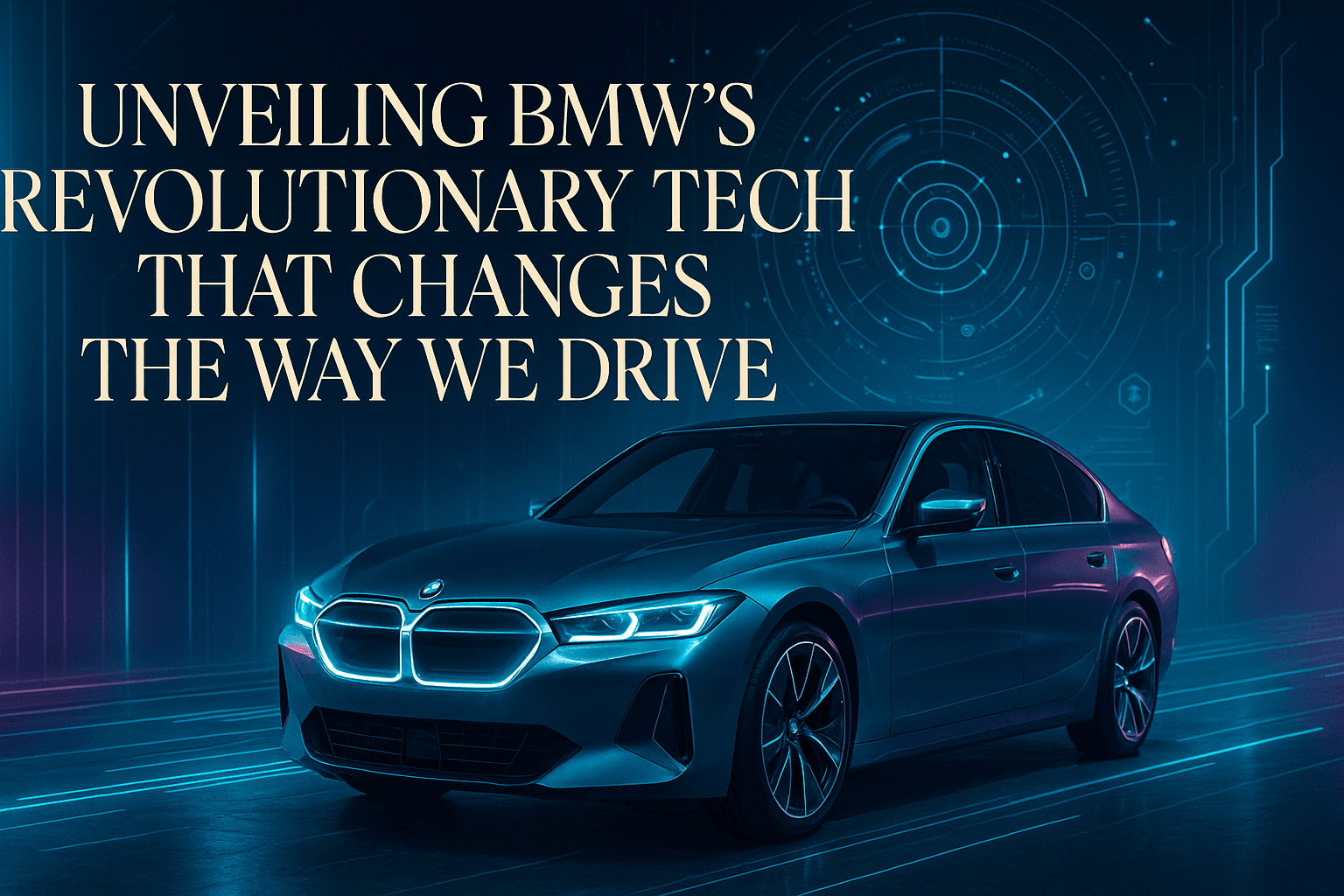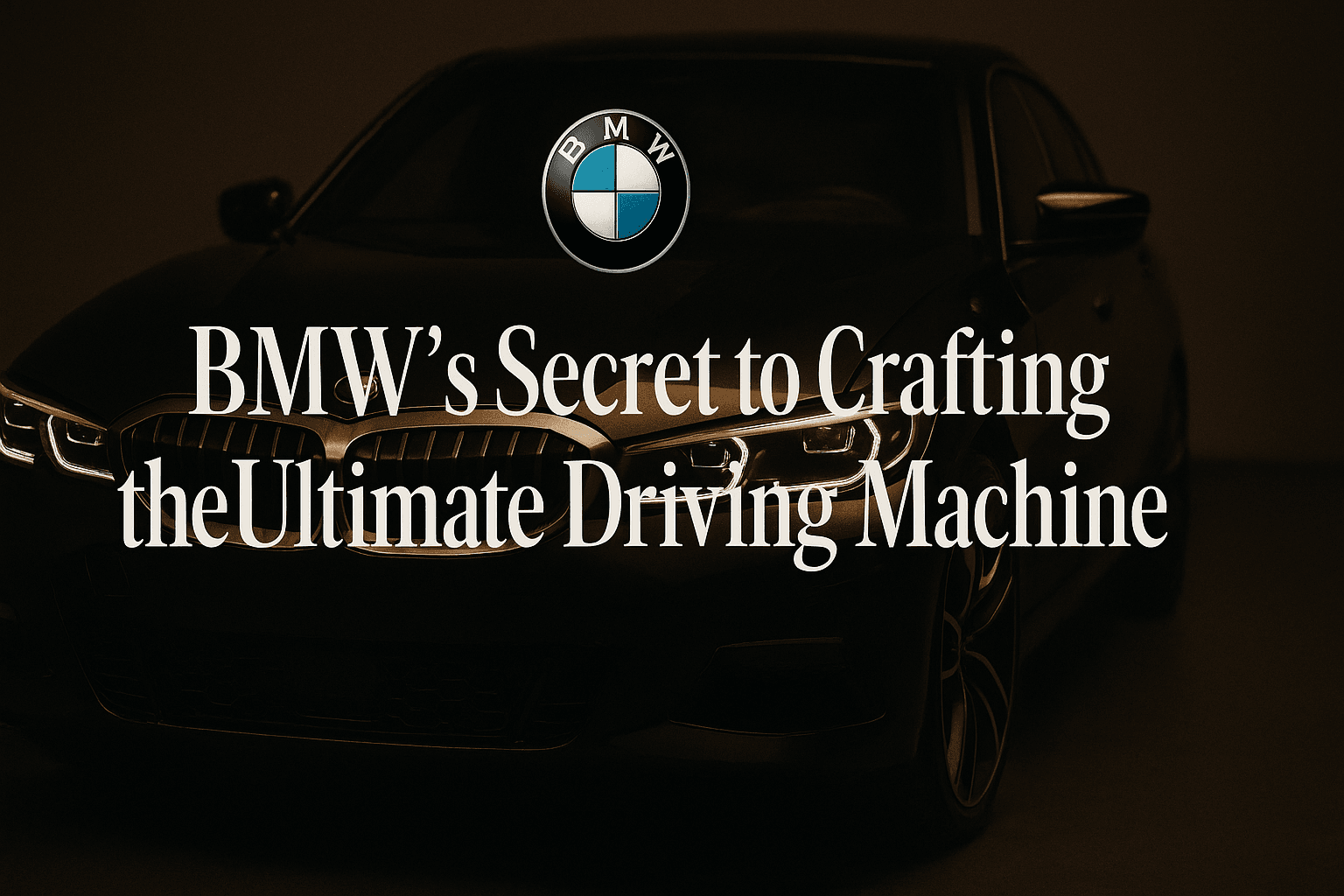Accuracy, performance, and luxury have historically been synonymous with BMW. Because of the state-of-the-art technology that underpins their iconic designs, its cars are more than just status symbols. In the automotive industry, BMW has been a quiet leader in engineering and digital innovation. These unnoticed qualities make BMWs intelligent, quick, and creative.
BMW engineers work hard to provide the greatest possible driving experience. Its foundation is the special 50:50 weight distribution that was refined through component placement and engineering. This seemingly straightforward concept gives BMW drivers a sense of control that their vehicles simply cannot match. When the car responds to the smallest touch from the driver, every turn and twist of the road feels natural.
BMW’s innovation is driven by its quest for aerodynamic perfection. Every BMW is put through rigorous wind tunnel testing. To make a vehicle glide, engineers must reduce drag and increase downforce. Gas mileage, top speed, and handling are all enhanced by this attention to detail. Future models such as the i8 are affected by the aerodynamic enhancements.
Beyond traditional engineering, BMW maintains its lead. The performance of the company’s cars is transformed by modern materials. Vehicle weight can be decreased without sacrificing rigidity or safety by carefully choosing lightweight, long-lasting materials like carbon fiber and high-strength steel. The passenger cell of the BMW i3 is made of carbon fiber-reinforced polycarbonate, which makes it lightweight and robust. Unprecedented handling, performance, and fuel efficiency are made possible by new materials.
Beyond form and materials, BMW is dedicated to state-of-the-art technology. The company’s iDrive technology was the first to use AI in automobiles. With its user-friendly interface and numerous features, iDrive transformed in-car entertainment in the early 2000s. Voice-activated directions, AI-driven personalization that adapts to the driver’s preferences, and an improved user interface are some of the ways that the most recent iDrive enhances this experience. In order to make every trip more convenient and social, that interface learns user preferences.
BMW’s efforts to connect are just getting started with IDrive. With the help of the company’s ConnectedDrive services, drivers can easily connect wearable technology and smartphones to their cars for real-time traffic data, remote locking, and concierge services. With this configuration, the vehicle becomes a portable smart device with security and comfort features. BMW drivers can schedule maintenance or select a different route with the help of the digital environment.
Another important but little-known feature of BMW cars is their adjustable suspension system. Automatically adjusting driving conditions in real time. For the best handling and ride quality, the system senses the road surface and modifies the suspension. Because of this advancement, the car’s suspension strikes the ideal mix between comfort and control, whether you’re traveling on a highway or a winding mountain road. BMW’s movable suspension demonstrates how technology improves vehicles and driving.
BMW is also a leader in safety innovation. In-car cameras and sensors are used by driver assistance technologies such as Active Cruise Control and Lane Keeping Assistant to keep an eye on the road ahead. Lane keeping, distance monitoring, and autonomous speed control are all supported by these systems. For many years, BMW has led the way in creating cutting-edge safety features that are faultless and simple to operate.
One of BMW’s most significant technological innovations is electrification. The i3 and i8 demonstrated the company’s commitment to a technologically advanced and environmentally friendly future. BMW’s hybrid and electric cars show that sustainability and efficiency can coexist. This trend will be continued by the iX and i4, which will maintain BMW’s dynamic performance while providing improved energy economy, longer range, and quicker charging times.
Electric power is used by more than just motors. For the purpose of charging batteries, BMWs’ regenerative braking system transforms mechanical action into electrical energy. Modern technology in BMW electric cars allows for greater range and lower charging times. Without sacrificing driving enjoyment, it showcases the brand’s creative sustainability.
BMW is a key player in the automotive industry’s transition to autonomous driving thanks to its cutting-edge self-driving technology. The goal of the company’s autonomous driving research is to create cars that can drive through challenging terrain without the need for human assistance. Future fully autonomous BMWs are hinted at by Parking Assistant and Traffic Jam Assistant. BMW’s dedication to a comfortable and stress-free driving experience is demonstrated by these technologies, which use cameras and sensors to control stop-and-go traffic or park the vehicle.
Innovation isn’t the focus of the newest BMW technology. The ultimate goal of all material, technical, and technological advancements is driving. BMW’s secret sauce is its ability to blend state-of-the-art technologies with its long history of performance to produce intelligent, responsive, and opulent cars.
BMW’s unwavering quest for excellence is the driving force behind its market dominance and benchmarking of luxury automobiles. Lightweight design and digital system integration enable BMW to create ground-breaking vehicles that truly live up to their moniker as “The Ultimate Driving Machine.”
